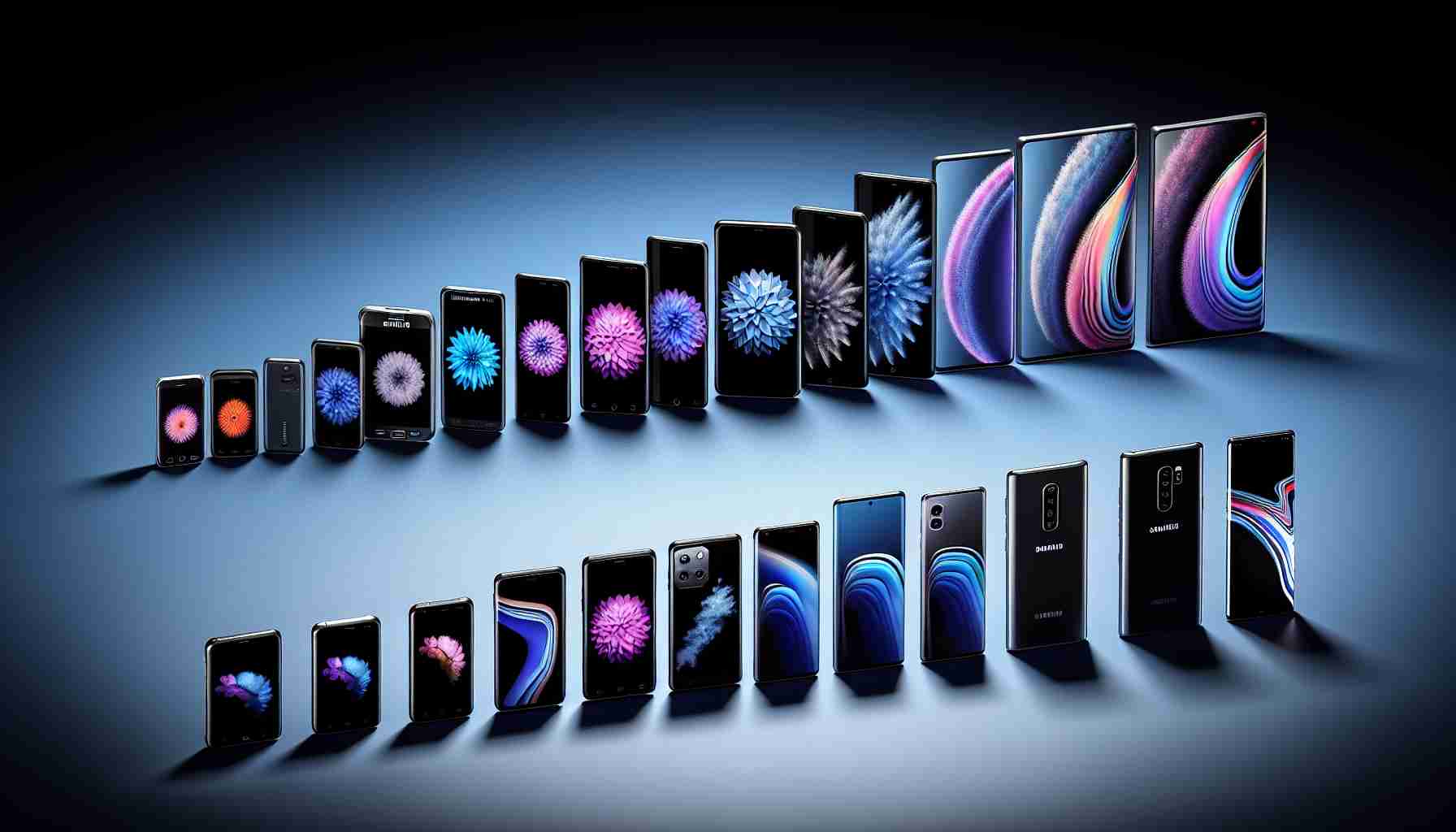Samsung’s journey in the global smartphone market over the last ten years has been a testament to their ability to lead in technology and sales. By achieving the monumental milestone of almost three billion smartphones shipped, Samsung has not only overshadowed Apple but also eclipsed the combined might of several competing Chinese manufacturers such as Xiaomi, Huawei, and Vivo.
Despite this achievement, the playing field is shifting rapidly. Samsung’s once formidable share of nearly one-third of the market has declined to around 20%, while Apple’s share has grown, reflecting a changing market dynamic. Furthermore, aggressive competition from rising Chinese firms is reshaping the industry landscape.
At its peak in the early 2010s, Samsung was shipping smartphones at an astonishing rate, reaching a high of 292.3 million units in a single year. However, 2022 saw a sobering 18% decrease in shipments. Apple proved resilient, however, reaching its highest shipment volume ever that same year.
Despite these fluctuations, both Samsung and Apple are not slowing down in their quest for dominance. Samsung, for instance, is looking forward to its Galaxy S24 Series as a means to reclaim its top position. This determination showcases the ongoing battle for leadership in innovation and market presence.
Factors supporting Samsung’s success include a diverse product lineup appealing to various market levels, robust distribution networks, and consistent investment in marketing and innovation. However, Samsung is also navigating through a challenging landscape riddled with fierce competition, shifting consumer preferences, and the need for constant technological advancement.
Rising challenges for Samsung include the pressure from Chinese brands offering high specifications at lower prices and the necessity to maintain quality and brand integrity, as seen during the Galaxy Note 7 recall incident.
For those interested in the latest in Samsung’s technology and product lineup, further details can be discovered at their official website, Samsung.com, offering insights into not just smartphones but also their broad electronics and home appliances offerings.
Important Questions and Answers:
– What has contributed to the decline in Samsung’s market share?
Samsung’s market share decline is attributed to multiple factors, including the aggressive pricing and innovation strategies of Chinese competitors, market saturation in some regions, and evolving consumer preferences that increasingly favor other brands or alternative technologies.
– How has Samsung maintained its position as a top smartphone manufacturer?
Samsung has stayed at the forefront of the smartphone industry by offering a broad range of products, from budget-friendly devices to premium flagships. The company’s significant investments in research and development have led to the introduction of new technologies and features, keeping its offerings competitive.
– What are the key challenges facing Samsung in the smartphone market?
Key challenges include intense competition, particularly from Chinese manufacturers, the impact of global economic conditions on consumer spending, innovation demands, supply chain issues, and maintaining brand integrity amidst potential product issues, as exemplified by the Galaxy Note 7 recall.
Controversies:
One of the most significant controversies Samsung faced was the Galaxy Note 7 battery fiasco, where devices were catching fire due to battery defects. This incident resulted in a recall of the product, tarnishing Samsung’s reputation and requiring considerable effort to rebuild consumer trust.
Advantages of Samsung’s Strategy:
– Diversity of Product Lineup: Samsung offers smartphones in all price ranges, catering to a wide array of customers across different market segments.
– Strong Distribution Networks: With a vast global presence, Samsung’s distribution networks ensure product availability in numerous markets worldwide.
– Investment in Innovation: Continuous investment in R&D has allowed Samsung to pioneer advancements in smartphone technology.
Disadvantages of Samsung’s Strategy:
– Market Saturation: Intense competition, especially at the mid-range and lower-end of the market, has made it difficult for Samsung to maintain its market share.
– High Expectations for Innovation: With its leading position comes the pressure to consistently deliver breakthrough technologies – a challenge that entails significant risk and investment.
– Quality Control: Maintaining high-quality standards across a broad range of products can be challenging, as seen in instances like the Note 7 recall.
For further information on Samsung’s latest technologies and products, you can visit their official website by following this link: Samsung. Please note that links to specific products, press releases, or announcements can be found directly on Samsung’s main website.
The source of the article is from the blog dk1250.com
